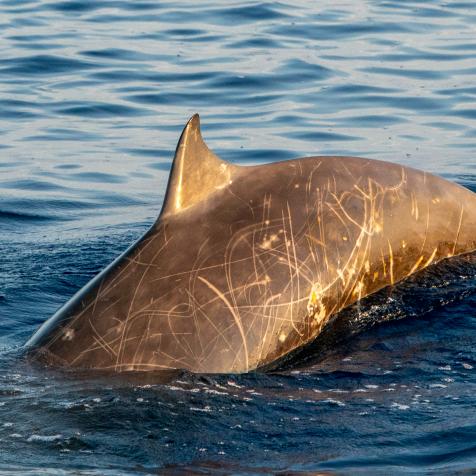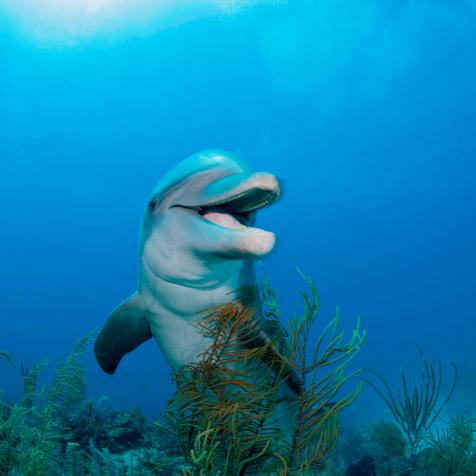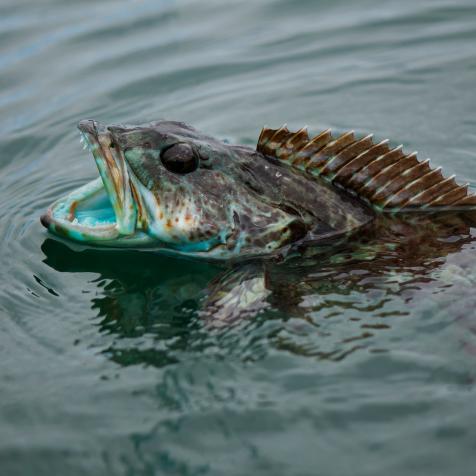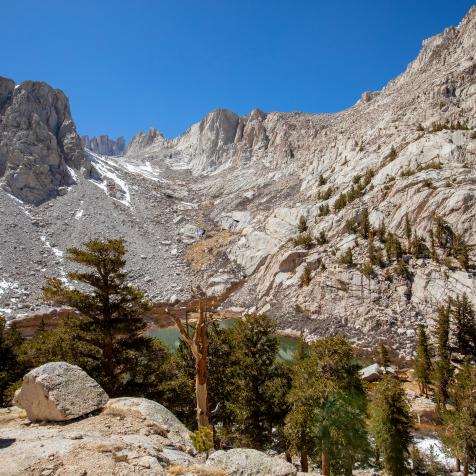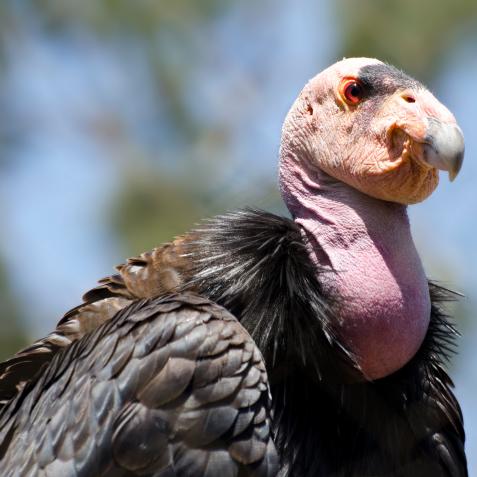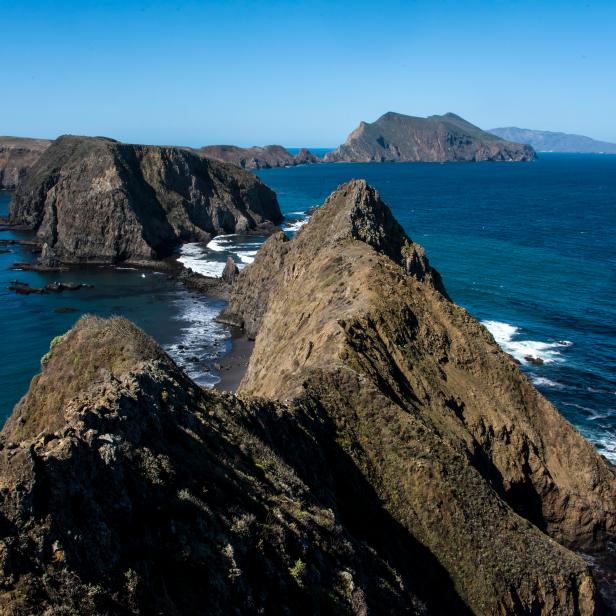
Mark Newman
A Trip to a Remote Island in California to Hunt for Big Black Sea Bass
It’s an unusually calm morning for Captain Jim Smith, owner of Ventura Dive & Sport, and lifelong seaman. He’s on board the Raptor, ferrying a boatload of divers and snorkeling enthusiasts over to the Channel Islands, an archipelago of islands that are anchored just off the Southern Californian coast, in the stunningly remote Channel Islands National Park.
On this trip, in particular, Smith is hoping to spot giant black sea bass, a gargantuan underwater creature that grows over seven feet long and can weigh more than a hefty 700 pounds. Unsurprisingly, it’s a fish that sits atop the food chain, and the species is an important part of the marine ecosystem.
Up until the 1970s, black sea bass were a common sighting in Southern California, but due to overfishing their population drastically declined. As a result, fishing for giant black sea bass of any kind was banned in California in 1982.
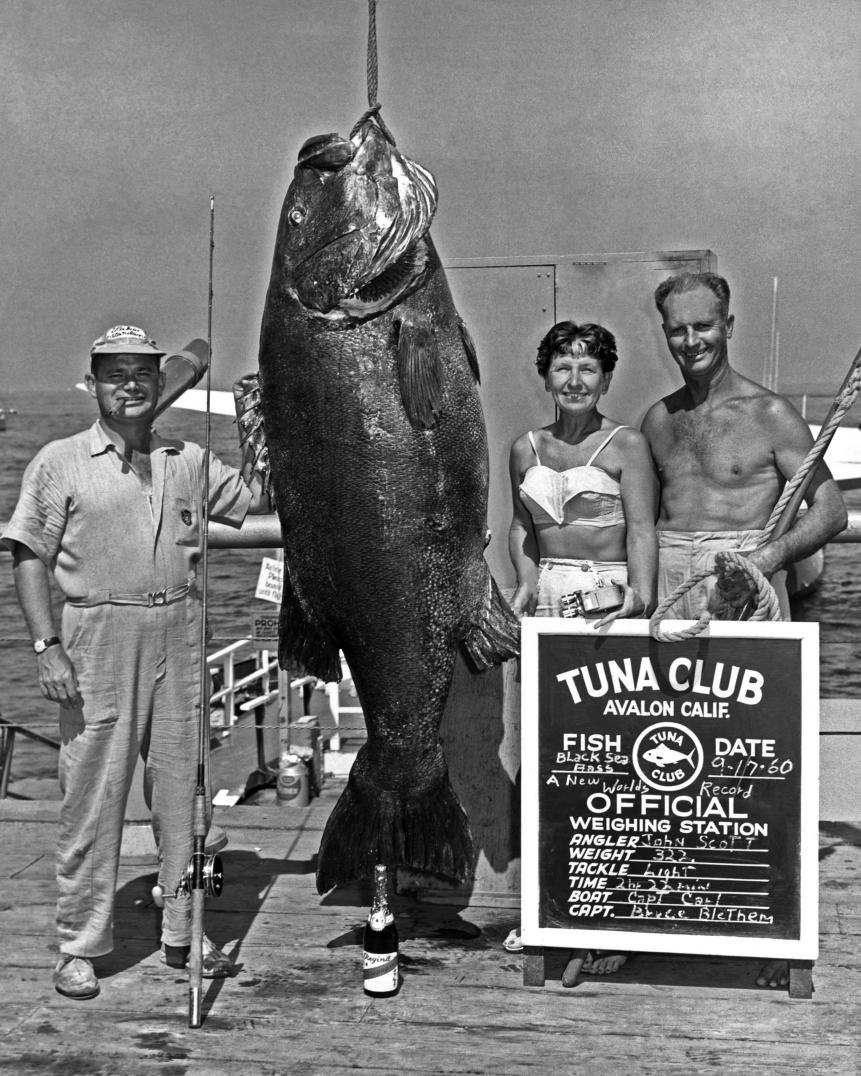
IGFA
AVALON, CALIFORNIA - SEPTEMBER 17, 1960: Two men and a woman stand on a dock next to a 322-pound giant black sea bass caught at the Tuna Club.
In the Channel Island region, thanks to the protected waters of the national park, there is a promising uptick in population numbers – a recent survey found around 50 individuals in the Catalina Island vicinity alone.
The sea bass, which can live to 75 years, are as “rare as giant sea bass”, says Douglas McCauley, a marine biologist at UC Santa Barbara, who takes regular trips to the Channel Islands to document sea bass.
The fish can be distinguished from one another by their unique spot patterns on the flank, almost like a barcode. And McCauley’s photos — and indeed anyone else’s - now have a permanent home, on a newly-created database named Spotting Giant Sea Bass. The website, launched and run by the Aquarium of the Pacific in July, is a collaborative community effort to find out more about these enigmatic creatures. Scientists hope to be able to answer how the population is changing over time, how far giant sea bass move, where they spawn, and how they thrive in marine protected areas. With more than 1 million dives logged annually across the Golden State’s coastline, researchers hope a collaborative effort to document this species will aid with its recovery.
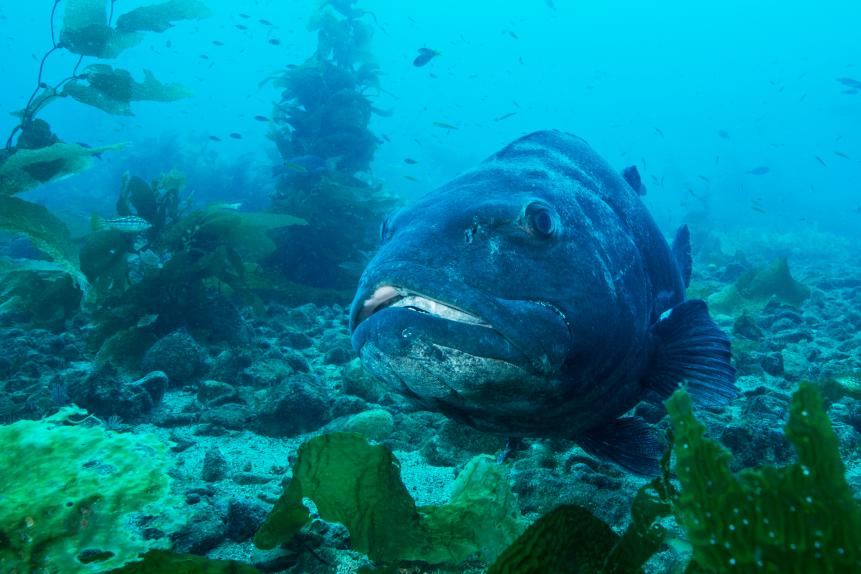
Gerard Soury
Giant Black Sea Bass, Channel Islands, California, USA.
For Smith, his trips out to the islands are both a personal passion and an opportunity to educate others.
“It’s extremely difficult to spot one of these creatures,” he says, “and so when you do, there’s this amazing energy in the boat, it’s so exciting to catch sight of one.”
The fish spawn from April through October, congregating around the Channel Islands. But during the winter months, it remains a mystery as to where they go.
Scientists monitoring the species are hoping that question will soon be answered, however, after a research team at Cal State Northridge recently tagged six sea bass to monitor their movements.
Meanwhile, they’re becoming somewhat of a tourist attraction.
“One of the main things people want to see when they come out with us during September and October is giant sea bass,” Smith explains. “If you’re lucky enough to be on a dive and one swims past you... it really is the most incredible experience.”









